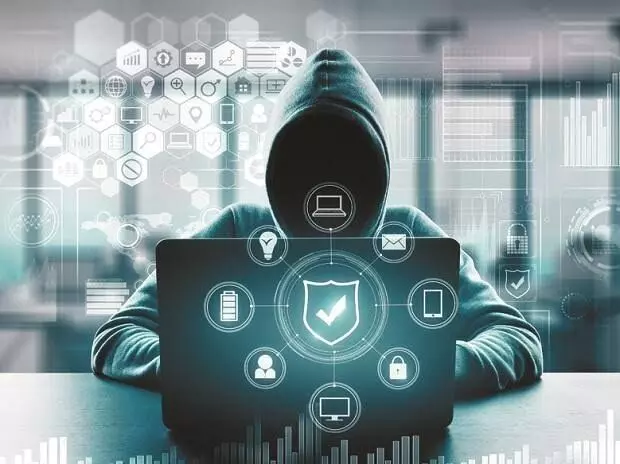Telangana cybercrime cases drop 11% in first 4 months of 2025; 16% defrauded money recovered
Telangana has recorded an 11 percent decline in cybercrime cases in the first four months of 2025
By Newsmeter Network
Representative Image
Hyderabad: Telangana has recorded an 11 percent decline in cybercrime cases in the first four months of 2025, marking a sharp reversal from the 28 percent rise during the same period last year.
Telangana Cyber Security Bureau (TGCSB) attributes this progress to a combination of public outreach, swift enforcement, and cutting-edge digital tracking tools.
Data-led enforcement yields results
TGCSB director Shikha Goel credited the drop in cases to a “data-driven, coordinated approach” involving proactive investigations, inter-agency collaboration, and the strategic use of analytics.
“The bureau credits this progress to a combination of public awareness initiatives, proactive investigations, and strategic operations powered by data analytics,” Goel said.
Financial losses from cybercrimes in Telangana decreased by 19 percent between January and April 2025 compared to the same period in 2024. Compared to the previous quarter (September to December 2024), this represents a more than 30 per cent reduction.
Telangana stands out as national numbers rise
While cybercrime-related financial losses increased by 12 per cent across the country during the same timeframe, Telangana bucked the trend. The state also improved its percentage of recovery of defrauded amounts from 13 per cent in 2024 to 16 per cent in 2025.
More FIRs, faster action, and more arrests
The number of FIRs registered rose from 6,763 in early 2024 to 7,575 in 2025, slightly improving the conversion rate from 18 to 19 per cent. Arrests saw a threefold increase, jumping from 230 in early 2024 to 626 this year.
TGCSB attributed the rise in enforcement to streamlining internal processes, enhanced coordination with district police, and faster action through real-time monitoring and tracking.
Awareness campaigns and tech tools key to success
The bureau highlighted that state-wide awareness initiatives, introduction of the 1930 chatbot, and improvements in the IVR system led to faster reporting of cybercrimes. Real-time collaboration with banks and service providers also improved fraud detection and the blocking of suspicious transactions.
“Advanced analytics, digital profiling, and OSINT tools are now integral to enforcement efforts, enabling faster identification and arrest of cybercriminals,” Goel added.